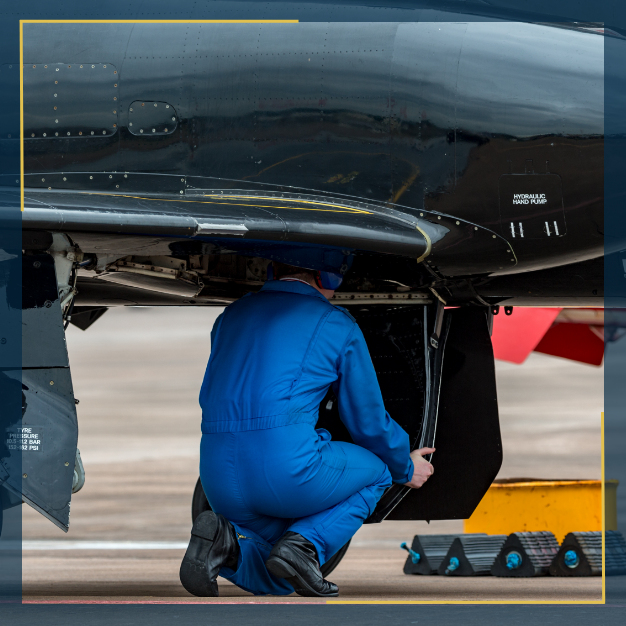A country’s military defence requires a wide range of hardware, from tanks and aircraft to radar and small arms. In most cases, these are not manufactured by the governments themselves, but rather by private companies working on government contracts. Those who work for the private company on those contracts are defence engineers. So, what job roles come under ‘defence engineer?’
Variety in the defence sector
Answering what job roles come under ‘defence engineer’ in a few words is challenging due to the wide range of roles. As with civil engineering, the defence engineering sector encompasses a huge range of skills and jobs. Consider a military aircraft: There will be aeronautical engineers designing the shape of the aircraft, electrical engineers designing the on-board systems, mechanical engineers working on the landing gear, materials engineers choosing the right composites for the airframe, project managers and supervisors to oversee the work – the list goes on. In fact, many employees of defence contracting companies are civilian engineers who are simply working on projects that will be used by the military as well, such as those designing and fabricating tools and storage solutions that will be needed for the maintenance of the aircraft.
Defence engineer roles are wide, varied, and often highly specialised, but they can also include more roles such as the fabrication of tools and equipment, or even simply fitting-out containers for use. A career as a defence engineer is never dull. Even if you remain in the same team for your entire career, you will likely work on a variety of projects and in different locations. A submarine engineer might be working at a dockyard for one contract then at sea or in a testing facility on another.
Designing is crucial
Because military hardware is so specialised, parts and components are often custom-made. This means that design is a major job within the sector. The role of a defence design engineer calls for someone who can ascertain the fundamentals of what problem the client is looking to solve, researching all the possible solutions that might help, and then running tests to decide what action to take. As with the roles, the design work itself can vary hugely, from designing material racking and work stands that may fit an aircraft carrier hangar bay or mobile command post, to choosing specific materials that reduce the weight of metal panels for military ground vehicles.
Becoming a defence engineer
Most defence engineers study engineering at university. Almost any engineering degree will allow you to enter the industry, but if you have a preference for a speciality, such as aerospace, then that should be reflected in your degree. Here at Bend-tech, we are Australia’s industry-leading design, engineering, and manufacturing firm, and we specialise in life cycle sustainment support through safety and efficiency solutions, so fabrication and materials skills are key as we manufacture battery box cradles, heavy lifting cages and more for both military and civilian use. Get in touch if you are interested in working with us.


